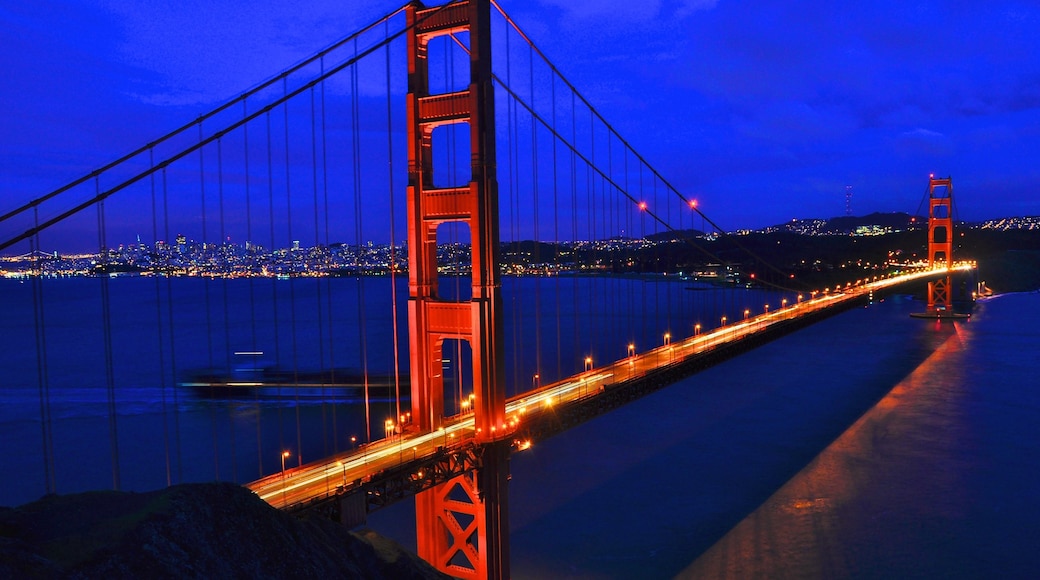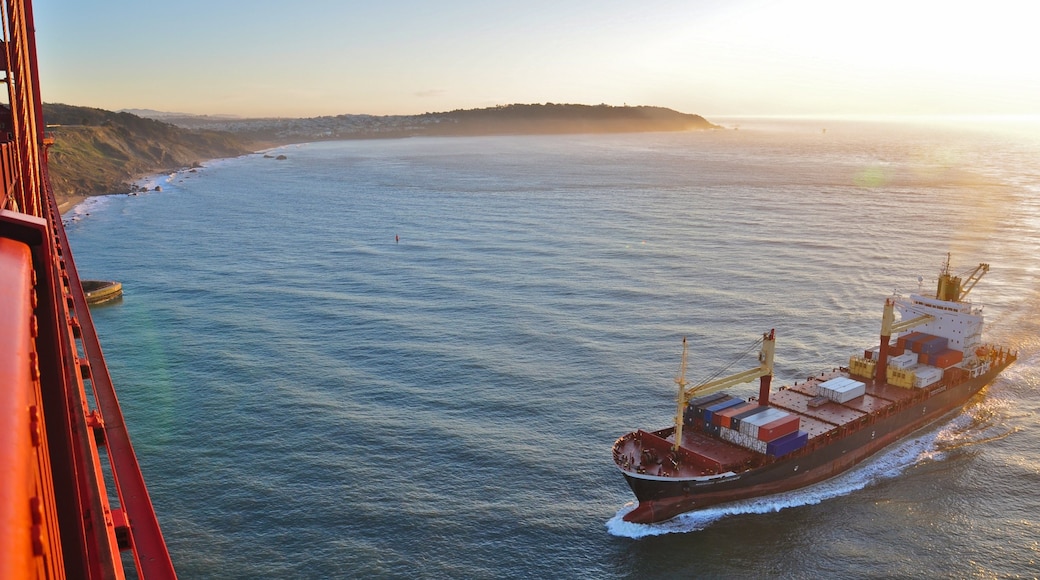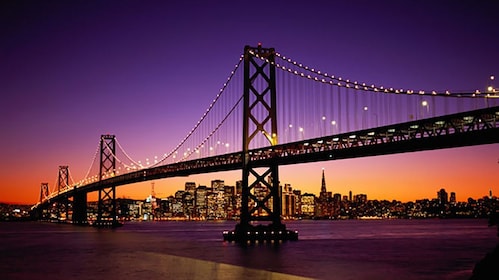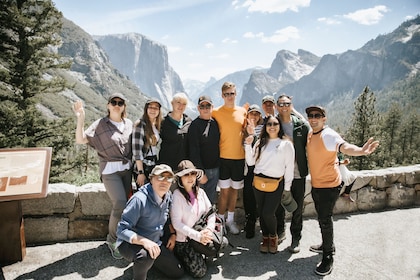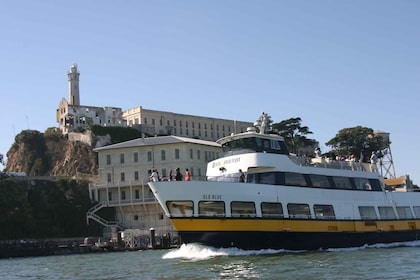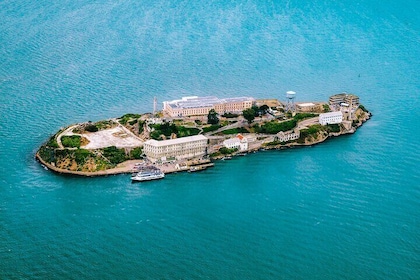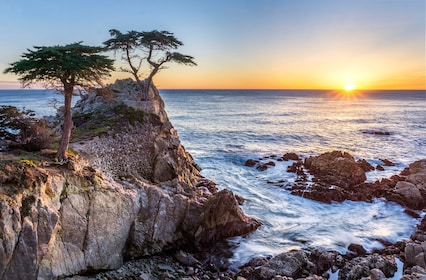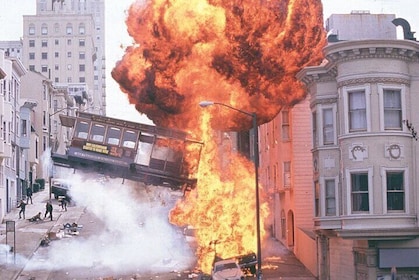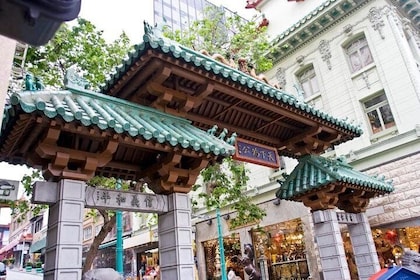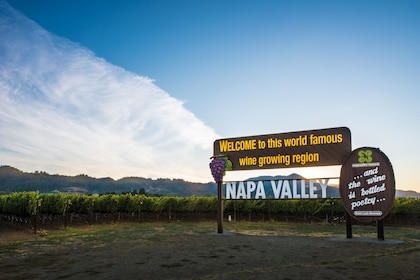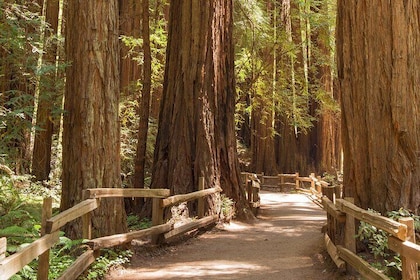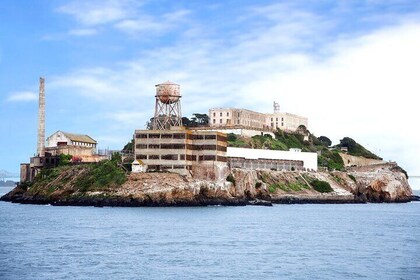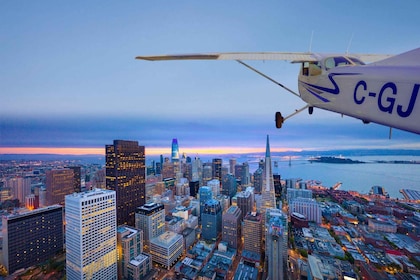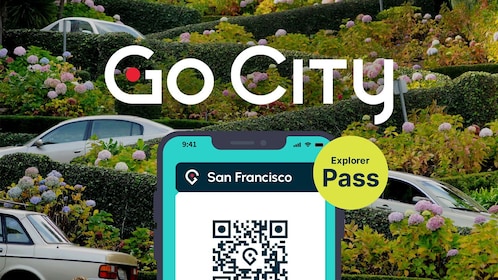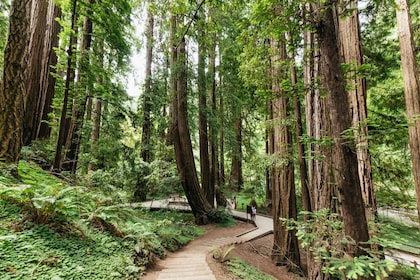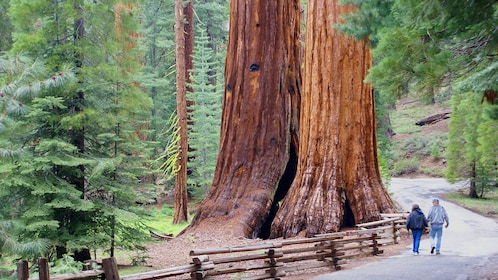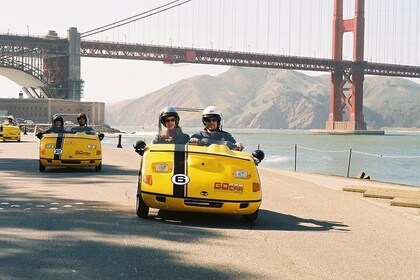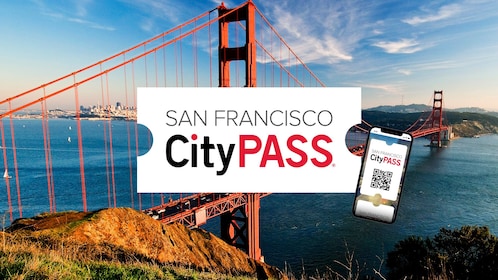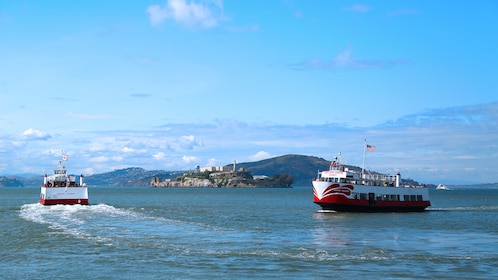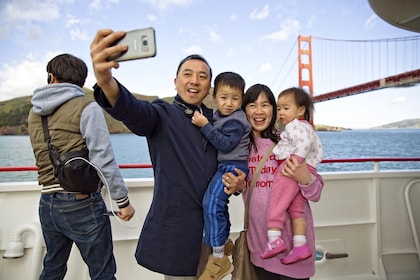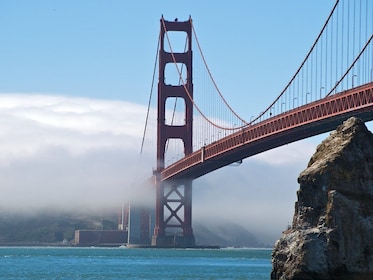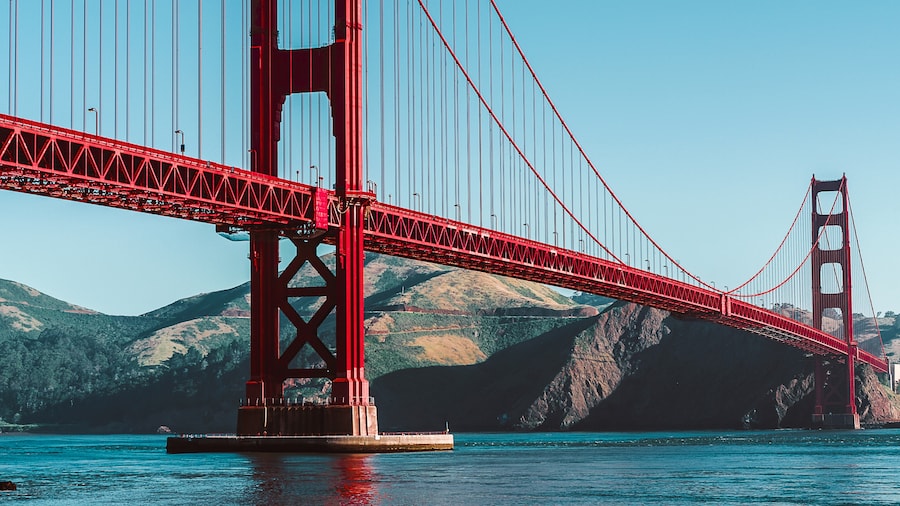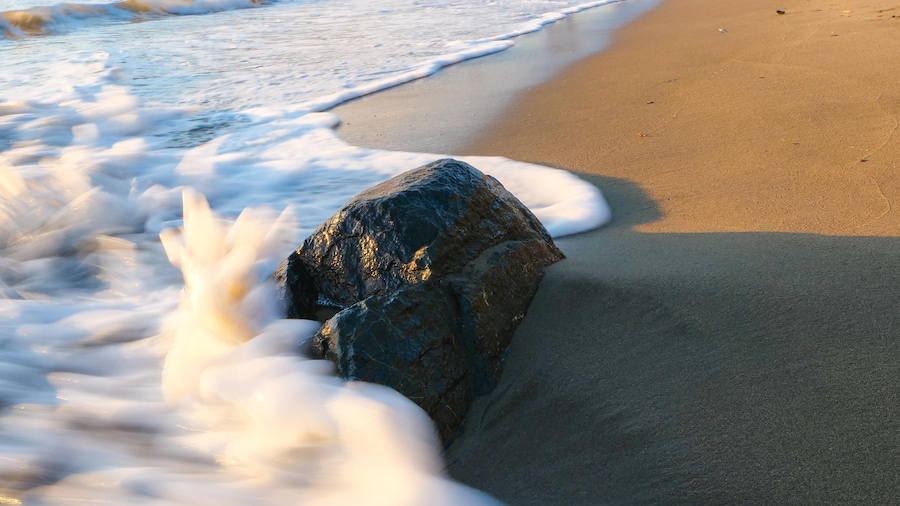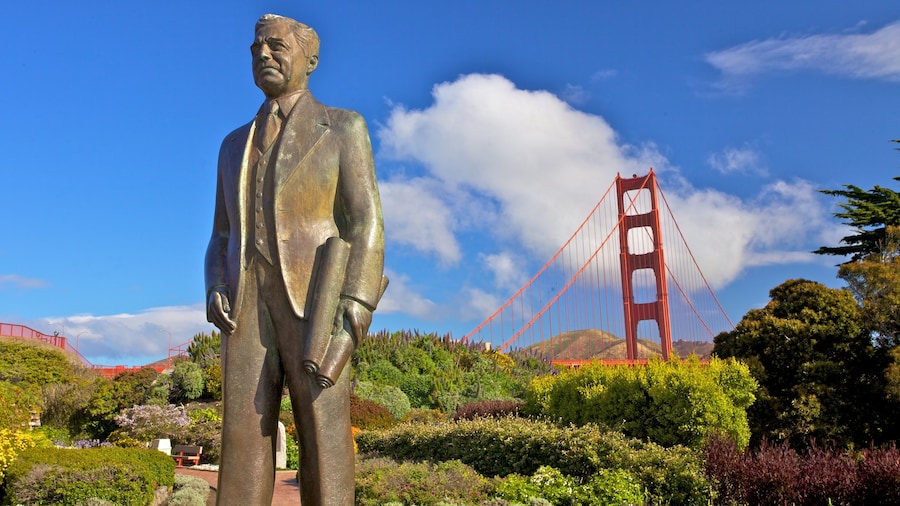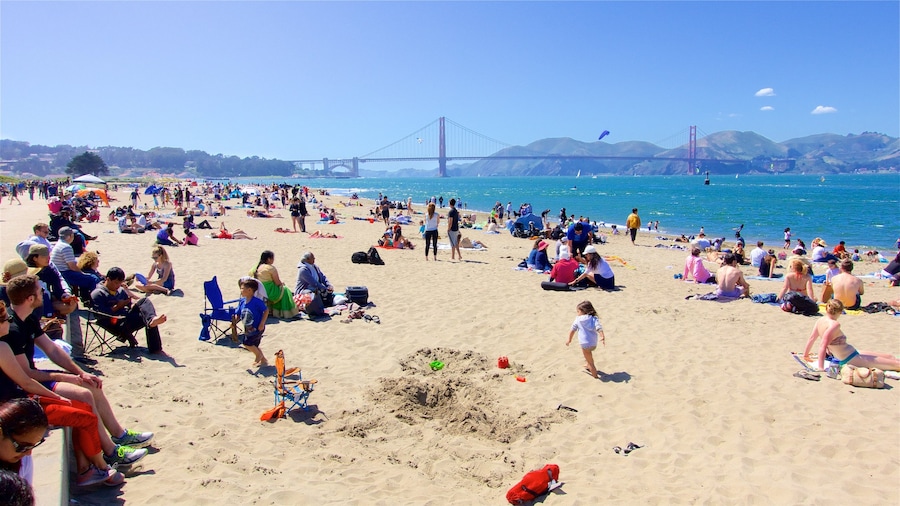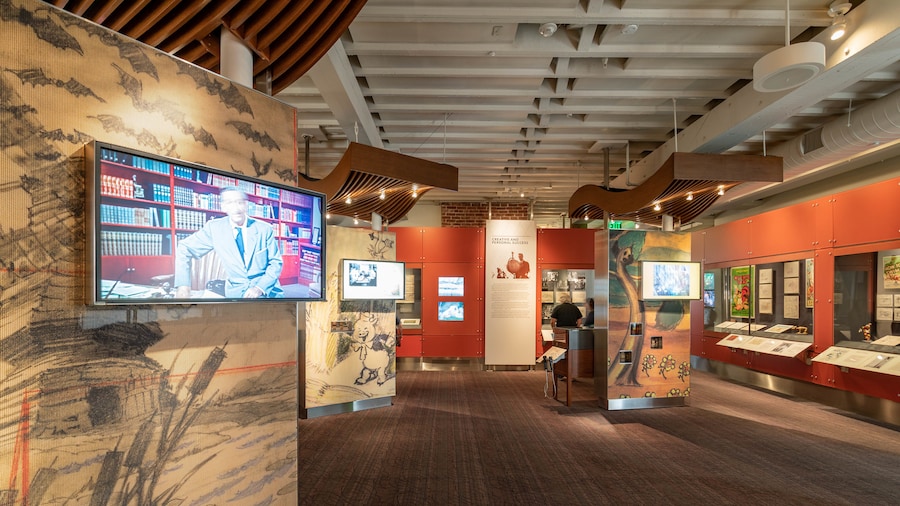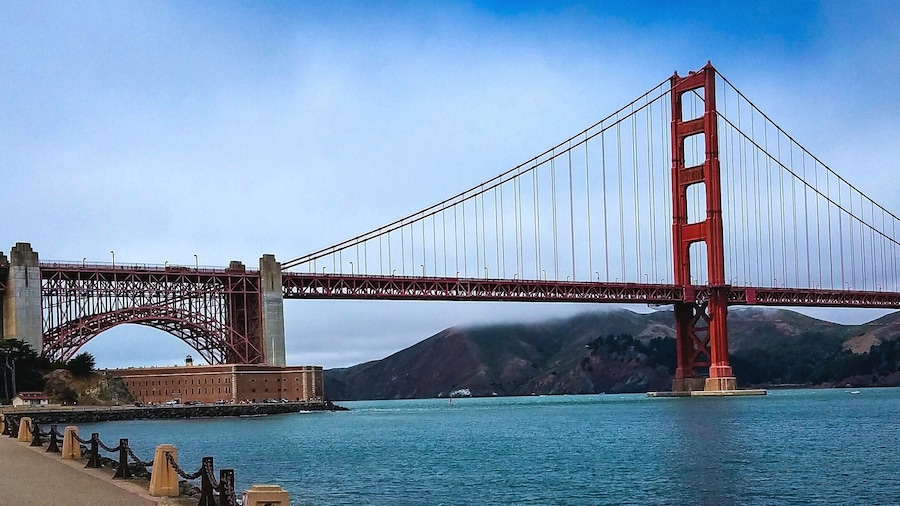Don’t drive it, walk it. Walking this 2.7 kilometre iconic bridge is a real experience, best appreciated on two legs.
The Golden Gate Bridge stretches 2.7 kilometres across the opening of San Francisco Bay out to the Pacific Ocean, otherwise known as the “Golden Gate”. As one of the most photographed bridges in the world, it never fails to inspire both visitors and locals with its sheer size and beauty. Although often covered in mist, it’s worth waiting for a clear day for your own photo opportunity, although crossing it on foot shouldn’t be missed whatever the weather.
The Golden Gate Bridge was opened to the world in 1937 after four years of construction. Designed to withstand winds of more than 160 kilometres an hour, the single-span suspension bridge connects San Francisco with nearby Marin County. The Golden Gate Bridge was once the longest suspension bridge in the world, but has now lost that title several times over, but that hasn’t affected its popularity in any way.
You can’t beat the views from the bridge itself, with vistas of the city skyline and bay area and the Pacific Ocean and rolling Marin Headlands to the north. Pick a clear day, leave your car behind and walk or cycle across the bridge for the best views. Bear in mind that pedestrians can only cross the bridge during the day. Stay on the eastern sidewalk, which is separated from the road by a barrier. If you’re cycling, you can use both eastern and western sidewalks. It can get pretty windy up on the bridge, so bring extra layers of clothing to protect yourself from the cold!
For one of the best views of the bridge itself, head north to Vista Point, where the bridge meets Marin County. It’s fantastic at any time of day, but stunning in the early morning as the sun rises, or after sunset when the whole bridge is lit up.
